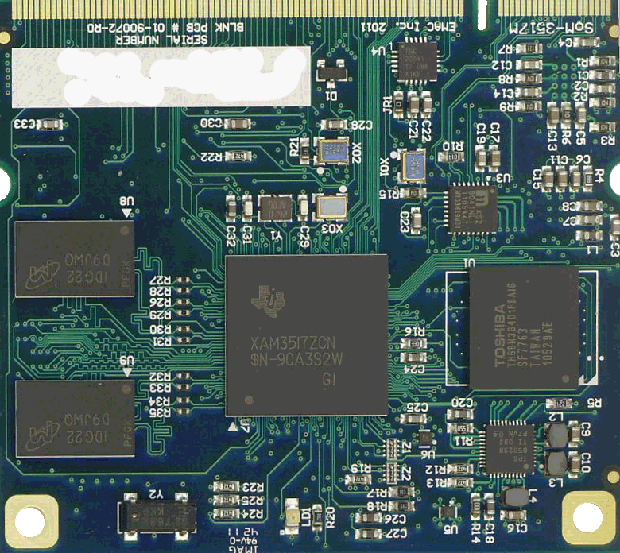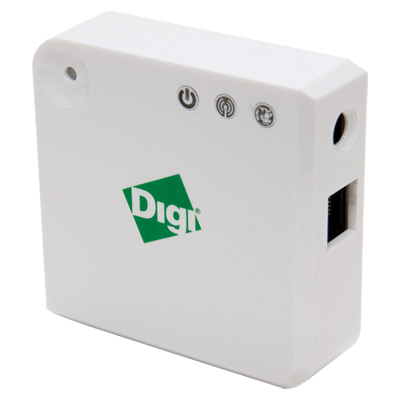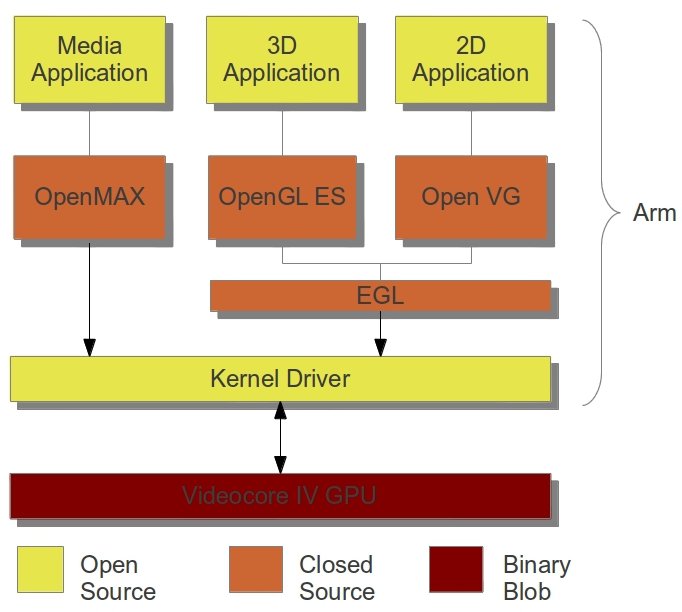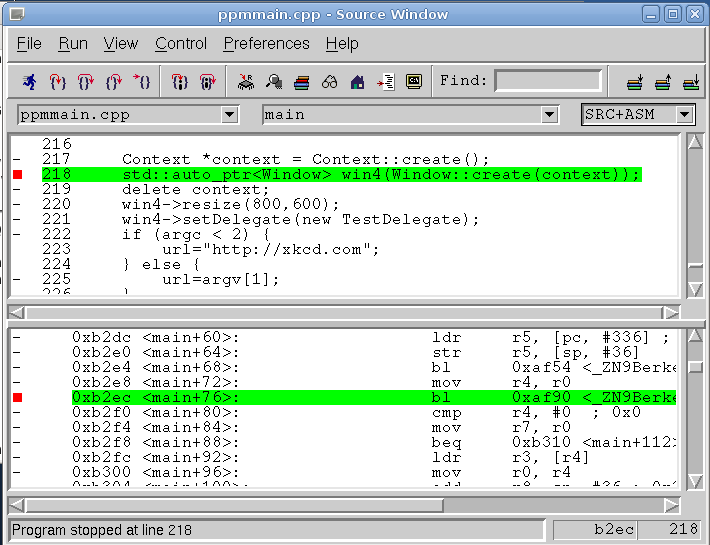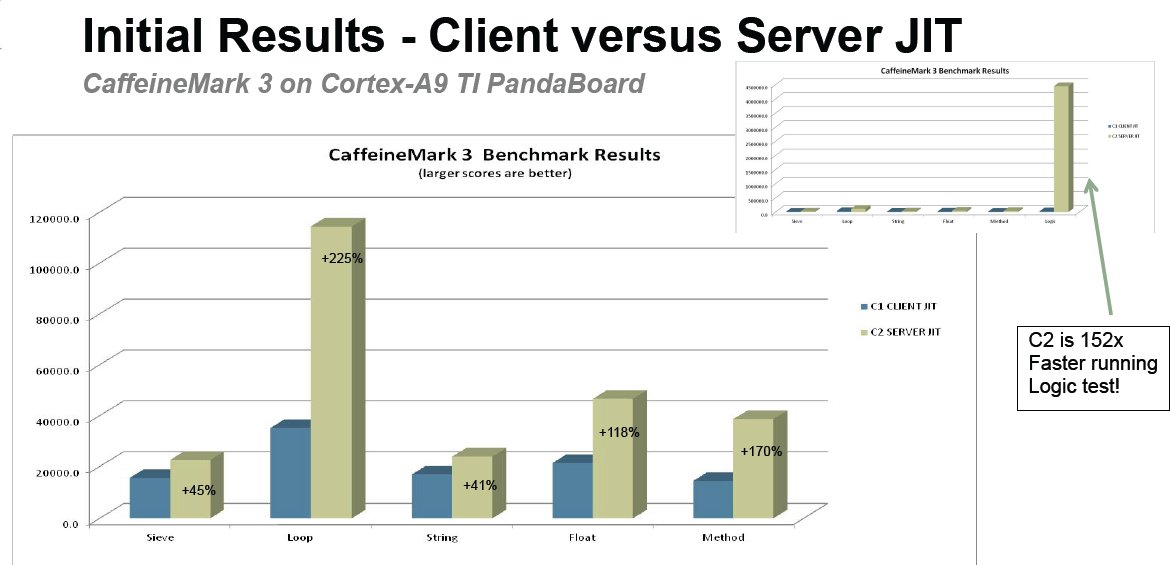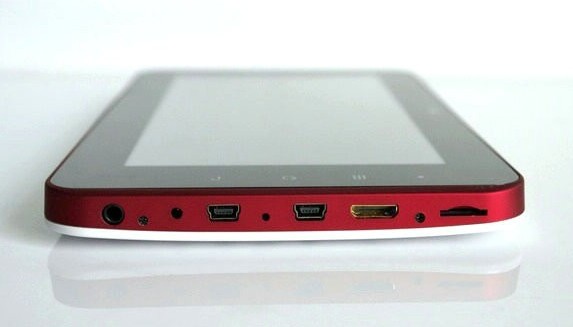Emac announced the SoM-3517M, a System-on-Module (SoM) based on TI AM3517 Cortex-A8 processor clocked at 600 MHz. This SOM has an Ethernet PHY included along with 4 serial ports. It supports up to 512MB of external DDR2 SDRAM, 1GB of NAND Flash, 2GB of eMMC Flash. Here are SOM-3517M specifications: CPU: TI ARM Cortex-A8 600 MHZ Fanless processor System Memory: Up to 512 MB of DDR2 SDRAM (default: 256 MB) Storage: Up to 1 GB of NAND Flash (default: 256 MB) UP to 4 GB of eMMC Flash (default: 2 GB) LCD Interface – 16-bit DSTN/TFT Graphics: 2D/3D Accelerated Video w/ Resistive Touch Connectivity: 10/100 BaseT Ethernet I/O interfaces: 4 Serial Ports 2 Full Speed USB 1.1/2.0 Host ports 1 Full Speed USB OTG port 2 I2C and 2 SPI ports I2S Audio port High-End CAN Controller CAN 2.0B Controller Timer/Counters and Pulse Width Modulation (PWM) ports 1 Channel, 12-bit […]
Penandfree PT- Pen Transforms Your Laptop into A Tablet
Penandfree has unveiled the PT-pen (Presentation pen) at the 2012 ISE exhibition. The company claims this pen can transform ordinary laptops or netbooks into touch-screen tablets, replacing the need for both a mouse and keyboard. PT-Pen can be used for capturing handwritten notes, digital signatures and all sorts of creative sketches. MINT Interactive software is included with the PT-pen and provides access to a full color pallet, a variety of line thicknesses, a virtual keyboard and a handwriting recognition mode. Penandfree explains that PT-pen allows navigation in web browsers and can be used with office software such as Microsoft Excel and Powerpoint as it conforms with Microsoft tablet and standard HID specifications. Mint Interactive Software can be download for Windows XP/Visata/&, MacOS and Linux. For Android Tablet and/or iPad users, Penandfree unveiled the “Legato Smart-Pen”. The PT-pen digitally “inks” a laptop’s LCD using ultrasonic technology. A magnetized receiver sits at […]
ConnectPort X2e SEP 2.0 Compliant Home Energy Gateway with Zigbee Connectivity
Digi International announced the “ConnectPort X2e for Smart Energy”, a Linux-based Home Energy Gateway with Zigbee connectivity based on Freescale Home Energy Gateway Reference Platform powered by Freescale i.MX28 processor. The “ConnectPort X2e for Smart Energy” is upgradable to comply with the new Smart Energy 2.0 Profile (SEP 2.0) and enables ZigBee devices on a Home Area Network (HAN) to communicate with an energy service provider. The new gateway is a low-cost, enhanced version (hence the “e” in X2e) of Digi’s ZigBee Smart Energy Gateways. The device connects ZigBee Smart Energy devices from a Home Area Network (HAN) to an energy service provider via broadband. It supports over-the-air updates of connected Smart Energy devices, making it easier for utilities and application partners to establish and maintain large Smart Energy device deployments. The company offers two models namely: ConnectPort X2e, ZigBee SE Coordinator for stand-alone Smart Energy networks that do not […]
Raspberry Pi Codecs and Graphics/Video APIs
The Raspberry Pi Foundation has announced which codecs and API would be supported in the Raspberry Pi. The Raspberry Pi board will support the following Graphics and Video API via a set of closed source libraries that give access to the GPU acceleration features: OpenGL ES 2.0 – OpenGL is a 3D Graphics API defined by the Khronos Group. OpenVG – OpenVG is a 2D vector drawing API also defined by the Khronos Group. EGL – EGL is the interface between Khronos rendering APIs such as OpenGL ES or OpenVG and the underlying native platform window system. OpenMAX IL – OpenMAX supplies a set of API’s that provides abstractions for routines used during audio, video, and still images processing. OpenMAX defines 3 layers, Raspberry Pi library will provide an interface to the IL layer, which provides an interface between media framework such as Gstreamer and a set of multimedia components. […]
Debugging Embedded Linux with GDBserver and Insight (gdb GUI)
Although it it sometimes possible to debug applications using GDB (The GNU Debugger) on the target boards, there is often not enough memory available to run GDB on embedded systems running Linux. To work around this issue, you can use gdbserver to perform remote debugging. Installing and running gdbserver on the target board First of all you need to install gdbserver on the target board. Assuming you use a Debian based distribution:
|
1 |
apt-get install gdbserver |
If you distribution, does not have binary repository, you can download gdb source code and cross-compile gdbserver. Once gdbserver is installed, (cross-)compile your application in debug mode and start gdbserver as follows:
|
1 |
gdbserver target_ip:target_port prog_dbg |
Where target_ip and target_port are respectively the IP address of the board and the chosen TCP port, and prog_dbg, the program under test compile in debug mode (CFLAGS=-g). Remote Debugging with GDB If you are familiar with gdb and prefer to use the command […]
Java SE Server Compiler now Available on ARM
Hardware and software development is going full-steam ahead for ARM servers. After Calxeda and AppliedMicro server SoCs – based respectively on Cortex A9 and ARMv8 architecture – have been announced and Ubuntu focusing further ARM development on Servers (Calxeda, Marvell and ARMv8), Oracle has released the Java SE server compiler – a throughput optimizing JIT compiler – for ARMv7. The ARMv7 server compiler is part of Java SE for Embedded 7 Update 2. First, some quick explanations on the 2 JIT compilers available for Java SE: Client: The client compiler is a fast start-up, lightly optimizing compiler. It’s better suited for smaller footprint systems and those running applications that require fast start-up such as Android applications. Server: The server compiler is optimizing code for throughput and produces highly-optimized code but incurs a start-up cost in achieving that. The server compiler only works on ARMv7 processors with hardfloat (VFPv3 FPU), and initial […]
Spark: Linux Tablet with KDE based Plasma Active
This must be the very first Linux tablet available on the market. Spark sports an open Linux stack on unlocked hardware and comes with an open content and services market. The user interface is Plasma Active running on KDE. Here are the technical specifications: CPU: ARM AMLogic (Cortex-A9) @ 1 GHz Mali-400 GPU 512 Mo RAM 7″ multi-touch capacitive touchscreen 4 Go Flash SD card slot WiFi, 3G (GSM), HDMI (1080p), 2 mini-USB ports Battery: 3000 mAh at 7,4 volts or 6000 mAh at 4,7 volts Weight: 355 grams You can see Plasma Active interface in the video below: The tablet will cost 200 Euros (about 270 USD). They did not provide availability, but promised further information on Tuesday. You can learn more about the user interface, getting a binary image and/or getting info to development apps for the platform on Plasma Active website.
Archos Gen8 Firmware Version 2.4.82 Released
Archos has released a new firmware for Archos 28/32/35/43/70/101 internet tablets (Generation 8). This is a bug fix version, no Android 2.3 (Gingerbread) here. Here’s the changelog: Version 2.4.82 – January 25th, 2012 USB host: fix host not working anymore on some A101 units Archos 35 home connect: allow to change temperature unit in weather clock Video: improve playback of some FLV files The firmware can be downloaded at http://update.archos.com/8/gen8/gen8_2.4.82/firmware_archos_android_gen8.aos


